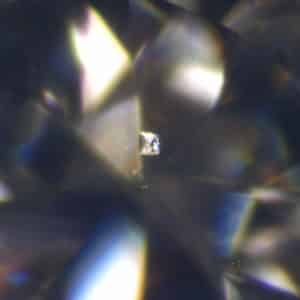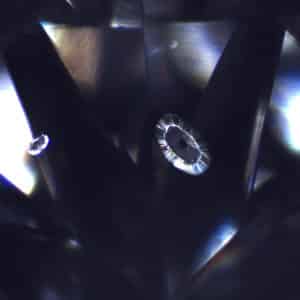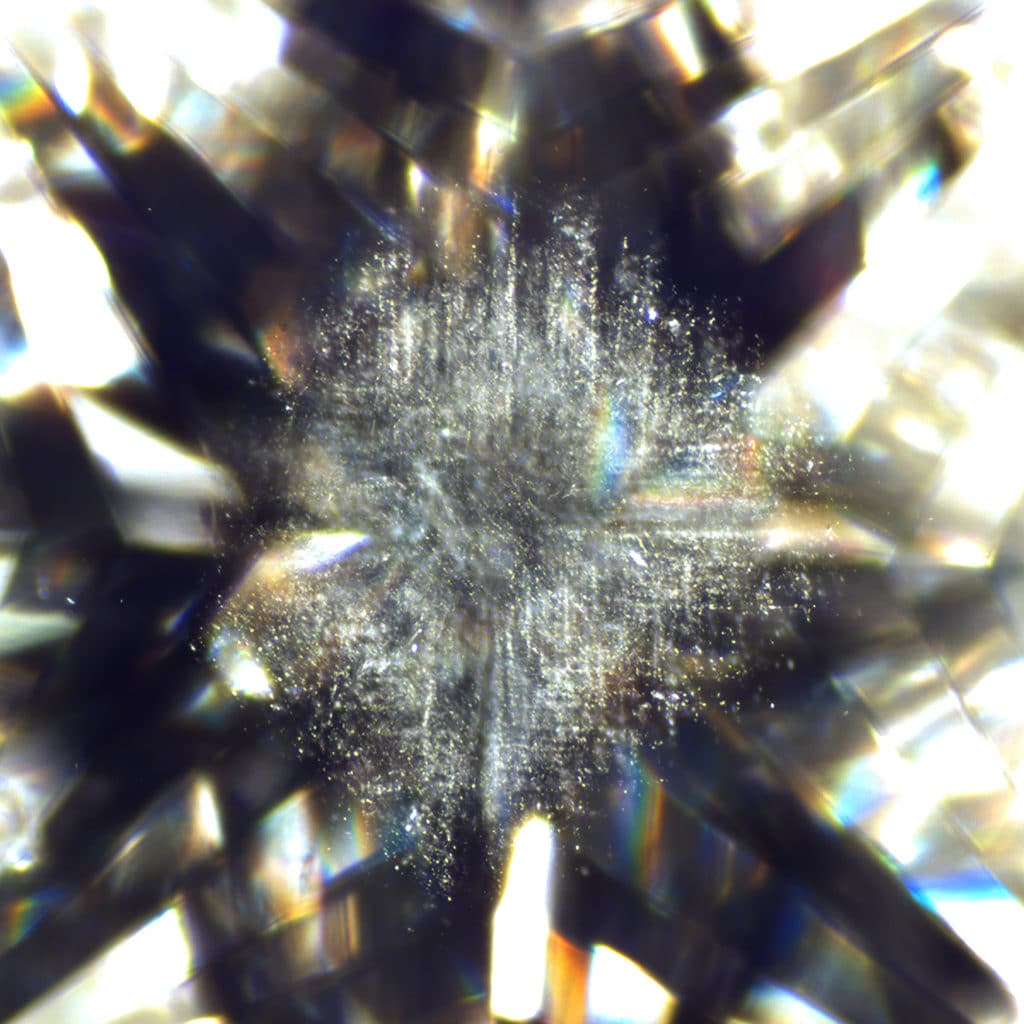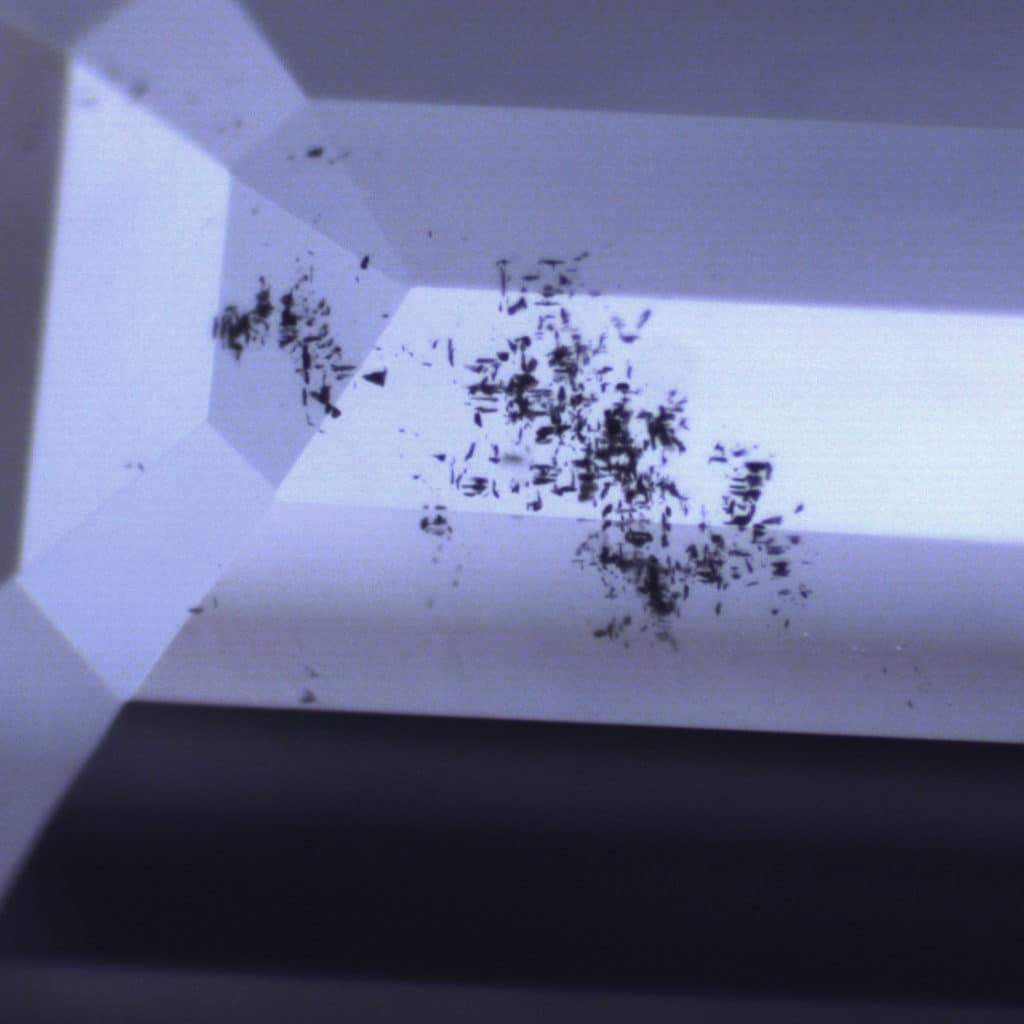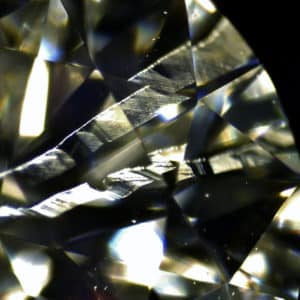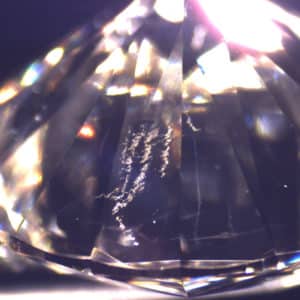By Wade Abel, CG, Director of Gemological Services, AGS Laboratories
When AGS Laboratories reintroduced our laboratory-grown diamond grading service, we wanted to be sure that we had clear and defined differentiation between natural and laboratory-grown diamond grading. Some actions we implemented were to include the term “laboratory grown” in multiple places on the document, adjust the grade determinations to include “LG” as a prefix, provide an image of the required laboratory-grown inscription, and use different terminology for the clarity characteristics.
The clarity characteristics in laboratory-grown diamonds are a result of the manufacturing process, not natural growth, so terms like “crystal,” “cloud,” and “twinning wisp” that inherently indicate natural growth would not make sense and therefore are not used.
This article for our “Under the Scope” series will demonstrate some comparisons of the inclusions seen in natural and laboratory-grown diamonds and introduce the equivalent terminology.
Laboratory-Grown Diamond Clarity Characteristics
Crystal = Growth Remnant
As laboratory-grown diamonds are grown, there can be some inclusions that resemble crystals. These are remnants of the growth process; therefore, we use the term “Growth Remnant.” In CVD laboratory-grown diamonds, these are often high relief with a dark, graphitized appearance. In HPHT diamonds, these can appear as metallic spheres or rods.
Cloud = Remnant Cloud
Clouds in natural diamonds are clusters of tiny inclusions, pinpoints, or needles that appear cloudy when viewed with magnification. In laboratory-grown diamonds, the cloud-like inclusions are a result of the growth process—growth remnants in cloud formations or Remnant Clouds. Clusters of small inclusions in CVD laboratory-grown diamonds can have a dark relief and can be seen as pinpoints or tiny needles perpendicular to each other, or look like comets with tails trailing from a pinpoint or tiny crystal.
Twinning Wisp = Remnant Cloud
Some Remnant Clouds are positioned in a way that resembles twinning wisps. Twinning wisps are a result of natural growth and are often seen in twinned diamond crystals. A laboratory-grown diamond will not be naturally twinned, therefore using that term is not appropriate for laboratory-grown diamonds.
Although there are some differences in appearance in the inclusions between natural and laboratory-grown diamonds, the inclusions alone cannot be diagnostic in stating that a diamond is laboratory-grown. There can be very similar-looking inclusions in both. Advanced testing is required to make the official call. Discerning the characteristics with different nomenclature for our Laboratory-Grown Diamond Grading Report helps to separate, and more clearly describe the characteristics.
Natural diamonds can have inclusions that only occur from natural growth and would not be seen in laboratory-grown diamonds. An example is natural crystals of other minerals that grew alongside the diamond in the earth. Inclusions can be one of the factors that make each diamond unique!
If you’d like to learn more about our Laboratory-Grown Diamond Grading Reports, contact [email protected].

